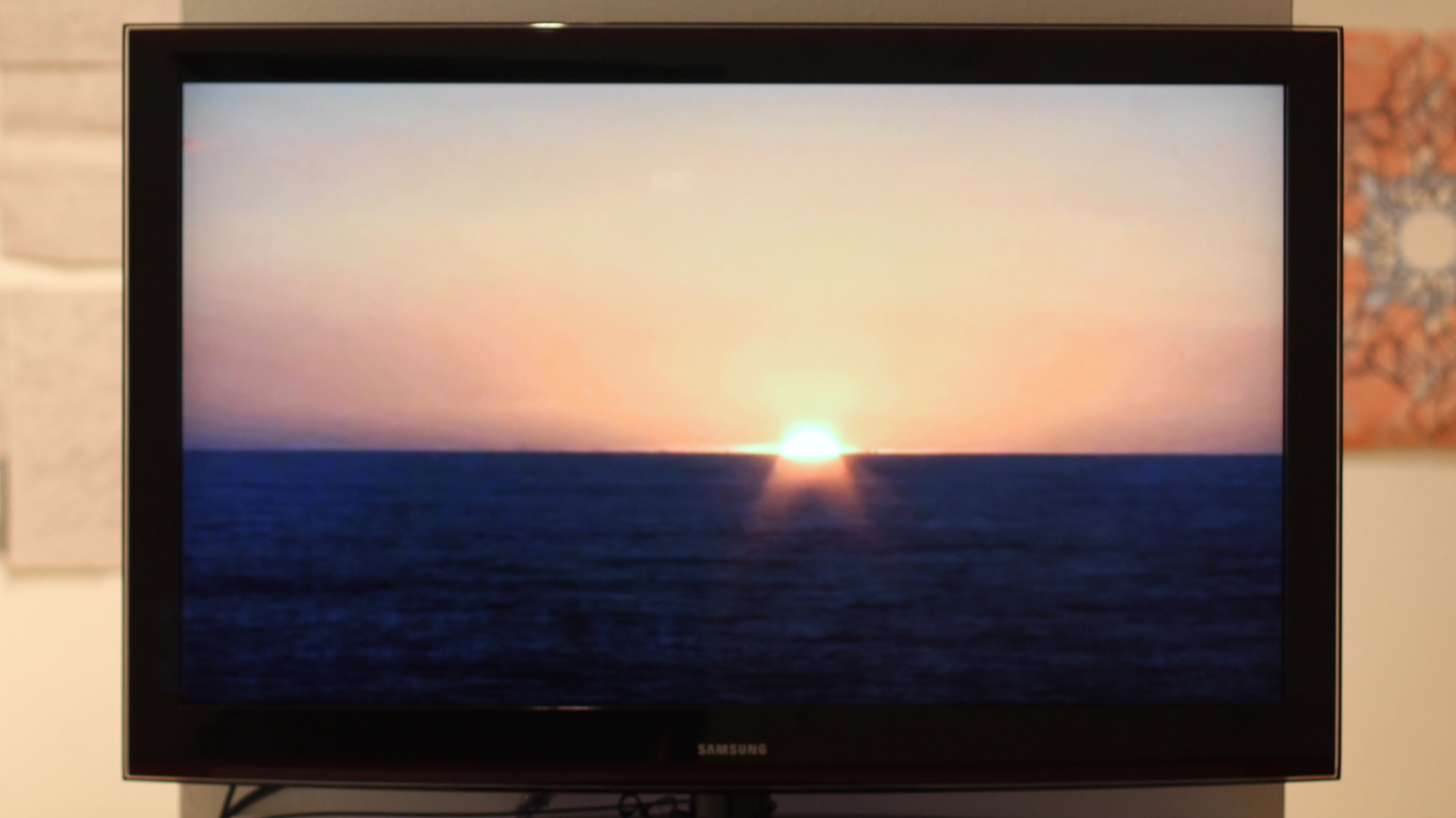/RESEARCH & CREATIVE PRACTICE
Tangible Criticality (2014)
Arnheim Gallery, Massachusetts College of Art and Design
(a two-person exhibition with Gabriel Schaffzin)
Tangible Criticality was a show that sought to present the perspectives of two design educators, myself and my colleague, Gabriel Schaffzin, working to inspire a critical discourse around systems with which our students interact everyday. Simultaneously a “piece” and an exhibition, Tangible Criticality included works created by both of us, works on which we collaborated with others (namely, Daniel Buckley and John Howrey), and works created by our students. In navigating the space, visitors were guided through the three fundamental levels of any system: elements, relationships, and ideologies. [1]
Through the works in the show, we argued that “the dialectic between speculative design as a teaching method and as a means for developing new teaching tools presents a fertile ground for exploring innovative design pedagogy—providing the unexpected opportunities so cherished by designers. Without a design education that fosters a tangible, reflective practice of criticality, we allow the ideologies embedded in systems to achieve hegemonic status. We therefore not only encourage students to become designers of systems, but to become critics of systems.”
Arnheim Gallery, Massachusetts College of Art and Design
(a two-person exhibition with Gabriel Schaffzin)
Tangible Criticality was a show that sought to present the perspectives of two design educators, myself and my colleague, Gabriel Schaffzin, working to inspire a critical discourse around systems with which our students interact everyday. Simultaneously a “piece” and an exhibition, Tangible Criticality included works created by both of us, works on which we collaborated with others (namely, Daniel Buckley and John Howrey), and works created by our students. In navigating the space, visitors were guided through the three fundamental levels of any system: elements, relationships, and ideologies. [1]
Through the works in the show, we argued that “the dialectic between speculative design as a teaching method and as a means for developing new teaching tools presents a fertile ground for exploring innovative design pedagogy—providing the unexpected opportunities so cherished by designers. Without a design education that fosters a tangible, reflective practice of criticality, we allow the ideologies embedded in systems to achieve hegemonic status. We therefore not only encourage students to become designers of systems, but to become critics of systems.”



Upon entering the show, visitors were confronted with a screen that alternated between commercials from a seemingly familiar near-future and a “people-counter” that claimed to track the number of views each object in the show received.



Three signs in the show served to divide the exhibit into sections and denote the levels of a system (elements, relationships, and ideology). The kerning of the text on each sign got progressively narrower, bearing a representational correspondence with the visibility, or legibility, of each level of a system, with “ideology” being the least visible.


The “relationships” section of the show contained a desk and
iMac running Sampler, a prototype for a visual research tool that mimics the
constraints and interface elements of the digital samplers used in the early
days of hip-hop music. An intentional application of limitations offers
opportunities for users to see new relationships when juxtaposing and mixing
content.


The “ideology” section of the show was constructed as a
fictional apartment of the near-future. The artifacts in the space suggested
that the “subject,” an employee of Shape, Inc., was conflicted about the
ethical implications of his employment, and became involved with a subversive
group of individuals known as Terra Preta Lost Cities. Here, visitors enter his
sleeping quarters, which contains his cot and the charger for his “shape.”


In the fictitious living space of the “subject,” sits the
YouTube Descrambler, an object created
by Terra Preta Lost Cities. The YouTube Descrambler subverts YouTube’s
investment in—and financial motivation to promote— popularity. Referencing cable
descramblers of the 80s and 90s, as well as the “black boxes” that are
YouTube’s API and its recommendation algorithms, the YouTube Descrambler allows
a user to, with the exertion of physical force, unearth an unpopular video with
the same tag as one of YouTube’s most popular. YouTube’s API, however, doesn’t
allow such videos—with few or even zero views—to be explicitly sought out: you
can’t search by fewest views, only by most. This makes sense when one considers
that YouTube can charge more for ads on videos with more views. The YouTube
Descrambler makes tangible the implication of this capitalist meritocracy and
allows a user to resist it.
Also included in the show was the first iteration of Whisper (below), a product intended to demonstrate the way in which a device might interfere with systems of algorithmic inference and recommendation in a “smart home” of the future. This particular instantiation of Whisper uses a visitor’s spoken description of his or her feelings as input, and then transforms this input, demonstrating the way in which it would interfere with a product or service in the home. After transforming the user’s feelings, Whisper orders a product on amazon.com queried with the transformed data. This process is documented through a small receipt that shows a user the various transformations of his or her “feeling” along with the query and the resulting product recommendation.
Also included in the show was the first iteration of Whisper (below), a product intended to demonstrate the way in which a device might interfere with systems of algorithmic inference and recommendation in a “smart home” of the future. This particular instantiation of Whisper uses a visitor’s spoken description of his or her feelings as input, and then transforms this input, demonstrating the way in which it would interfere with a product or service in the home. After transforming the user’s feelings, Whisper orders a product on amazon.com queried with the transformed data. This process is documented through a small receipt that shows a user the various transformations of his or her “feeling” along with the query and the resulting product recommendation.